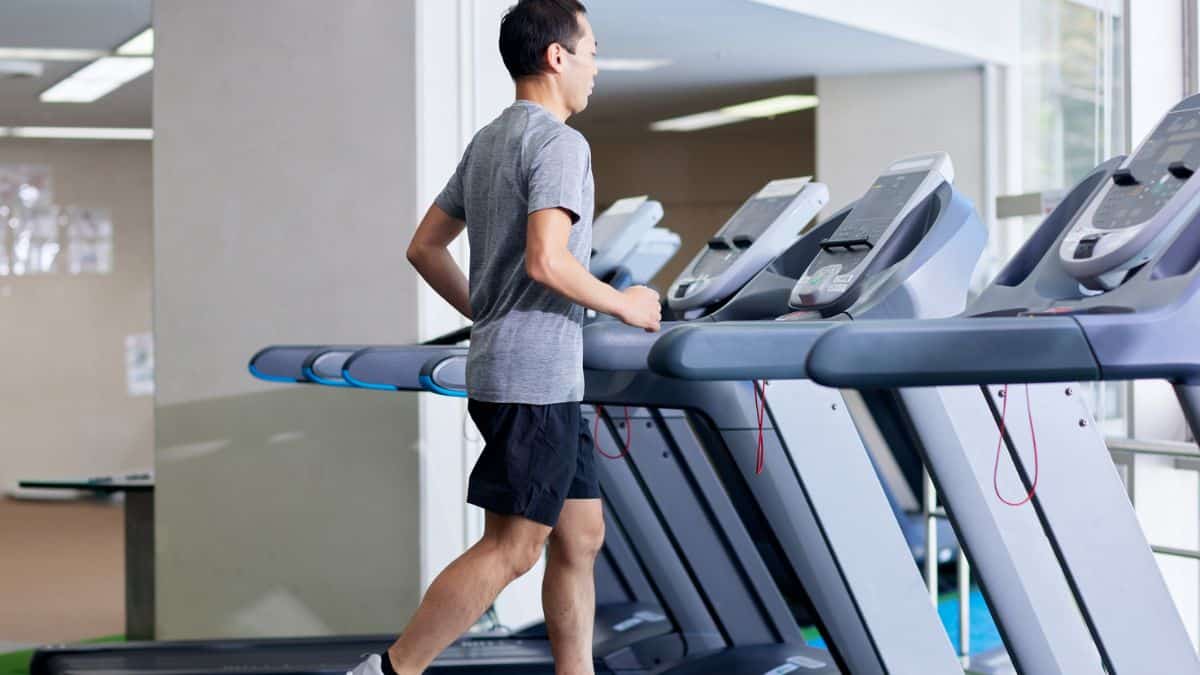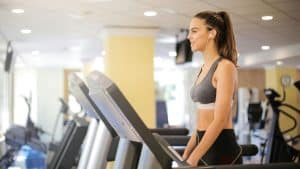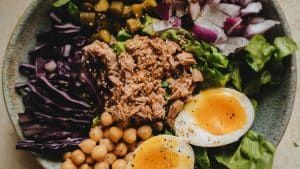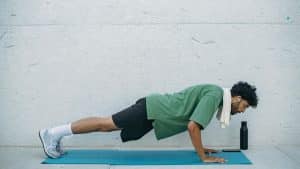HIIT walking—yes, walking—can dramatically improve your cardiovascular fitness, burn fat faster, and boost your metabolic rate long after the walk is over. By simply alternating between fast-paced and moderate-paced walking, you can transform a basic walk into a calorie-torching HIIT workout.
This method is backed by science, low-impact, beginner-friendly, and highly effective for both fat loss and improved endurance.
What Is HIIT Walking?
High Intensity Interval Training (HIIT) walking involves short bursts of brisk or power walking followed by periods of slower, recovery-paced walking.
Example:
- Fast pace: 1 minute at 4.0–4.5 mph
- Recovery pace: 2 minutes at 2.5–3.0 mph
- Repeat: 6–10 times
This style of walking boosts heart rate, mimics sprint intervals, and maximizes energy burn without overloading your joints.
Why Is HIIT Walking So Effective?
HIIT walking outperforms steady-state walking for fat burn and fitness by tapping into the afterburn effect (EPOC)—where your body continues to burn calories for up to 24 hours post-workout.
Compare the numbers:
- Regular walk (60 min): ~300–350 calories
- HIIT walk (30 min): ~275–350 calories + EPOC bonus
- Total daily burn from HIIT: 400–500+ calories
You get more results in less time—ideal for busy lifestyles.
What Are the Fitness Benefits of HIIT Walking?
HIIT walking offers both aerobic and anaerobic benefits, which makes it a hybrid workout:
- ✅ Burns visceral fat (especially belly fat)
- ✅ Increases VO₂ max (cardio capacity)
- ✅ Improves insulin sensitivity
- ✅ Strengthens heart and lungs
- ✅ Tones glutes, legs, and core
And because it’s walking, it’s joint-friendly—perfect for those managing knee, hip, or back issues.
Sample HIIT Walking Routine
Try this 30-minute beginner HIIT walk:
| Interval | Intensity | Time |
|---|---|---|
| Warm-up | Moderate pace | 5 min |
| Interval 1 | Brisk walk (fast arms) | 1 min |
| Recovery 1 | Moderate walk | 2 min |
| Repeat | Intervals 2–6 | 18 min |
| Cooldown | Light walk + stretch | 5 min |
💡 Pro Tip: Use a treadmill or app with interval timers to stay consistent.
When Should You Do HIIT Walking?
- 3–4 times per week on non-lifting or cardio days
- Mornings to jumpstart metabolism
- Post-meal to improve blood sugar response
- Alternating days with resistance training for maximum fat loss
Avoid doing HIIT walking right before leg day or after intense strength training to allow for recovery.
How to Progress Over Time
As your endurance improves, increase intensity:
- Walk faster during intervals
- Add a weighted vest
- Increase incline (treadmill or hills)
- Shorten recovery periods
This creates progressive overload, a foundational concept in exercise science for continuous results.
Common Mistakes to Avoid
- ❌ Overdoing intensity too soon
- ❌ Skipping warm-up and cooldown
- ❌ Not staying consistent
- ❌ Failing to hydrate or fuel properly
Listen to your body and gradually increase volume or intensity to stay injury-free.
Key Takeaways
- HIIT walking boosts fat loss, endurance, and metabolic rate.
- Alternating fast and slow intervals burns more calories than steady-state walking.
- Use a 1:2 or 1:1 work-to-rest ratio for effective fat-burning intervals.
- Do it 3–4 times per week alongside resistance training and a protein-rich diet.
- It’s low-impact, scalable, and accessible for all fitness levels.
External Resources
- Harvard Health: Benefits of Walking Intervals
- Journal of Obesity: HIIT Walking vs. Moderate Walking Study
🔥 HIIT Walking Toolkit
Maximize your interval walks with these top tools and accessories:
- ⏱️ GymBoss Interval Timer – Time Your HIIT Rounds
- 🎧 Bluetooth Sweatproof Earbuds – Stay Motivated with Music
- 🎽 Adjustable Weighted Vest – Burn More with Every Step
“HIIT your stride—walk smarter, not longer.”
Subscribe now and get a 14-day free trial workout app for iPhone users.






